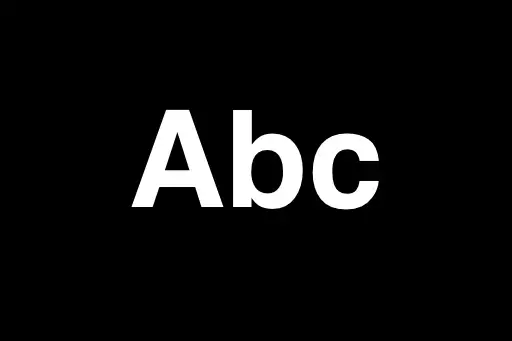Understanding the Problem Step-by-Step
We are given an array that can contain both positive and negative numbers, and a target sum k. Our goal is to find the length of the longest subarray whose elements sum up exactly to k.
Let’s say the input is:
arr = [1, -1, 5, -2, 3], k = 3
We are to find the longest continuous section (subarray) in arr where the numbers add up to 3. The expected output is 4 because the subarray [1, -1, 5, -2] adds up to 3 and has length 4.
Step-by-Step Strategy
We will use the concepts of prefix sum and a hash map to solve this efficiently.
The idea is to keep a running total (prefix sum) while iterating through the array. For each index i, we calculate the sum from the beginning up to that index, called curr_sum. If we have seen a previous prefix sum value such that:
curr_sum - previous_sum = k
then the subarray between those two indices has a total sum of k.
We store the first occurrence of each prefix sum in a hash map, so we can quickly check if a subarray with sum k ends at the current index.
Working Through the Example
arr = [1, -1, 5, -2, 3], k = 3
- At index 0: curr_sum = 1 → not equal to k, store (1, 0)
- At index 1: curr_sum = 0 → not equal to k, store (0, 1)
- At index 2: curr_sum = 5 → 5 - 3 = 2, not in map, store (5, 2)
- At index 3: curr_sum = 3 → 3 - 3 = 0, 0 is in map at index 1 → length = 3 - 1 = 2
- At index 4: curr_sum = 6 → 6 - 3 = 3, 3 is in map at index 3 → length = 4 - 3 = 1
- Also, at index 4, curr_sum = 6 is a new sum → store (6, 4)
- Final answer is max length = 4 (from index 0 to 3)
Edge Case Considerations
Case 1: Prefix sum equals k
If curr_sum itself is equal to k at any index, it means the subarray from index 0 to current index is valid.
Case 2: Target sum is 0
Even if the target is 0, the logic works. We just look for previously seen prefix sums that equal the current prefix sum.
Case 3: All elements are zero and target is zero
The entire array is valid. For example, [0, 0, 0] with k = 0 should return 3.
Case 4: No valid subarray found
If we go through the array and never find a suitable subarray, the answer is 0.
Case 5: Empty array
No elements to process means no valid subarray. So, return 0.
Instead of checking every possible subarray, which takes O(n^2) time, we process the array once and use a hash map to find matching prefix sums. This brings down the time complexity to O(n), making it highly efficient even for large arrays.
This approach works well even when the array has negative numbers, which is a limitation for techniques like the sliding window method.












Comments
Loading comments...